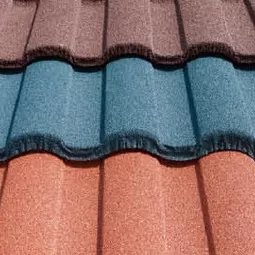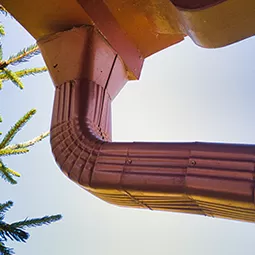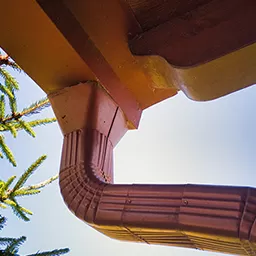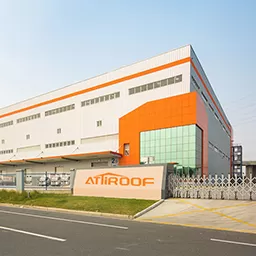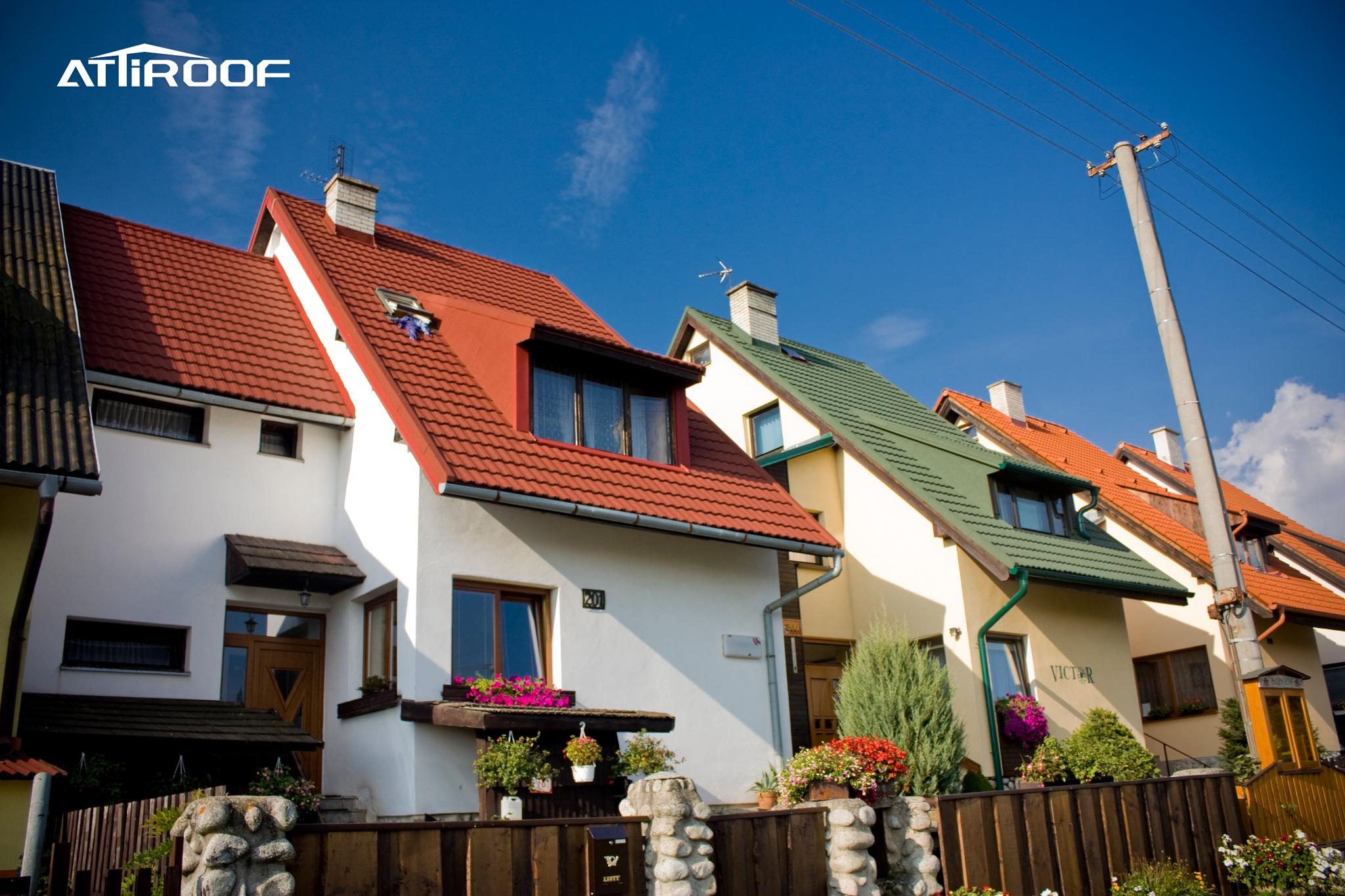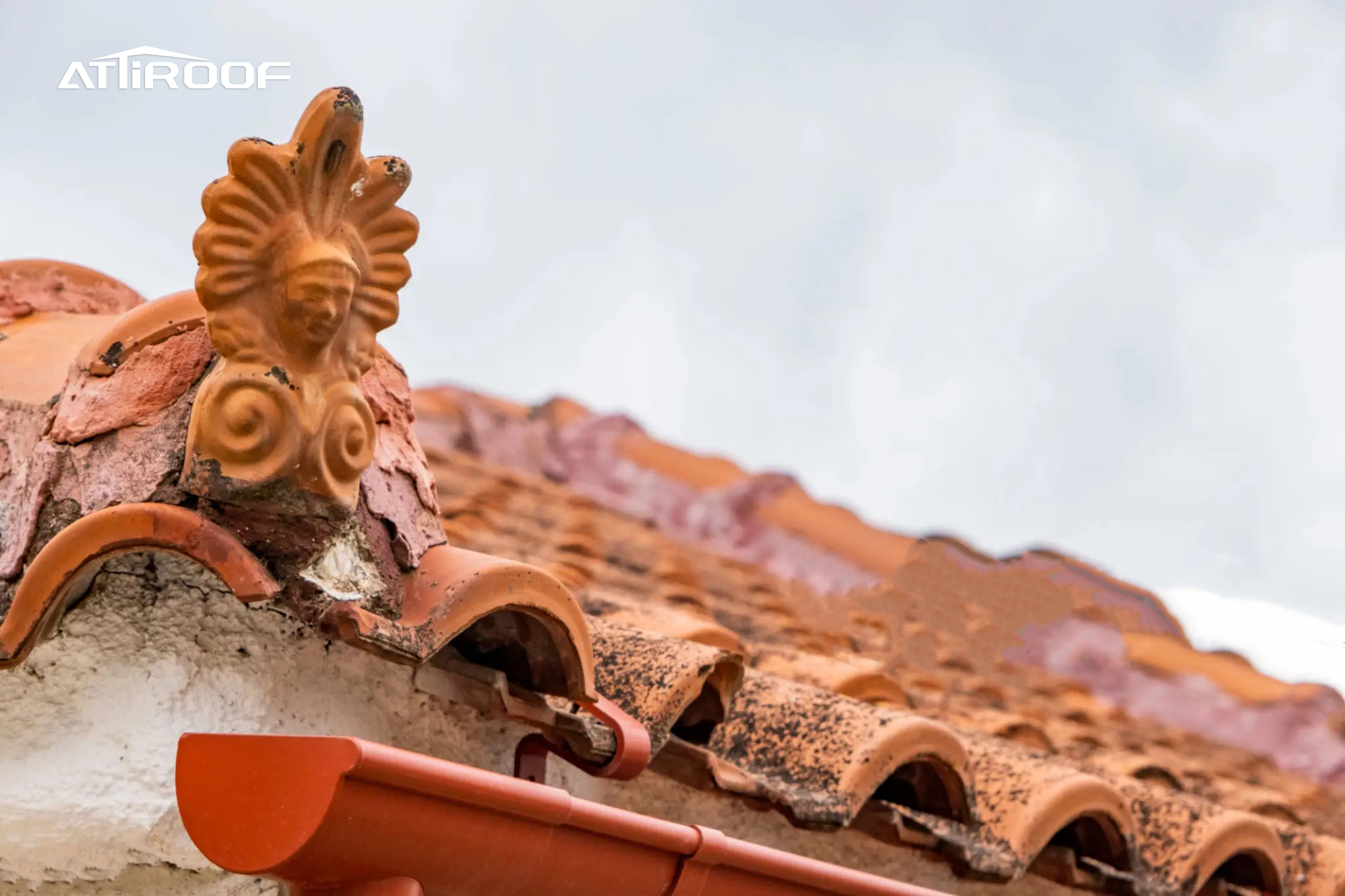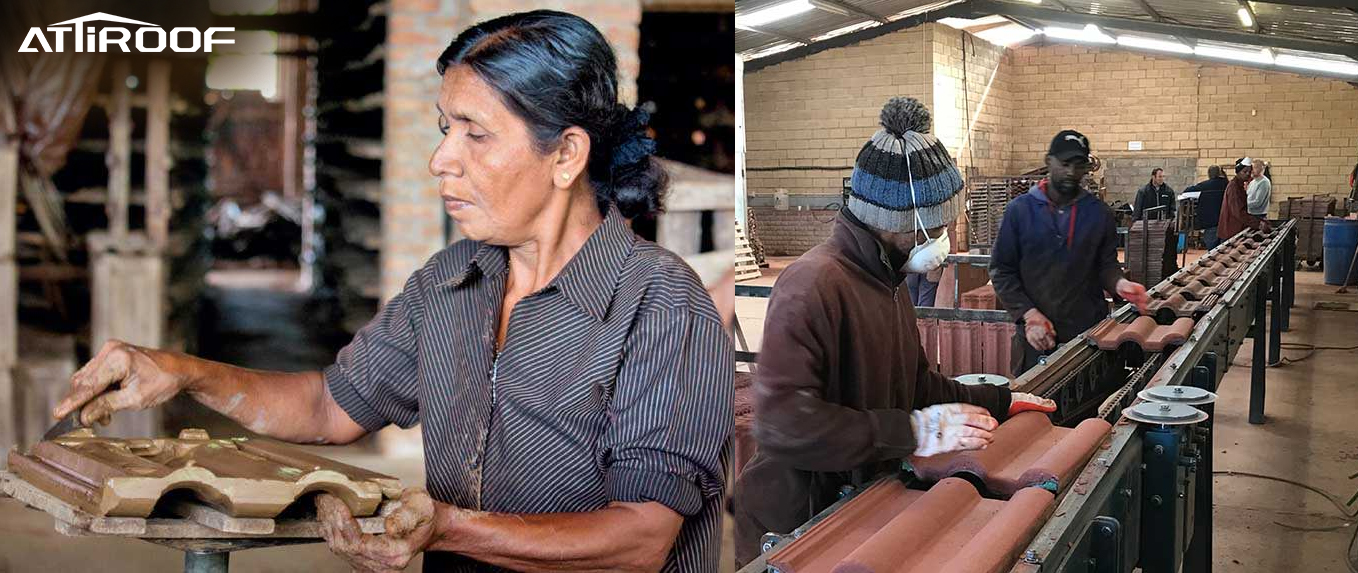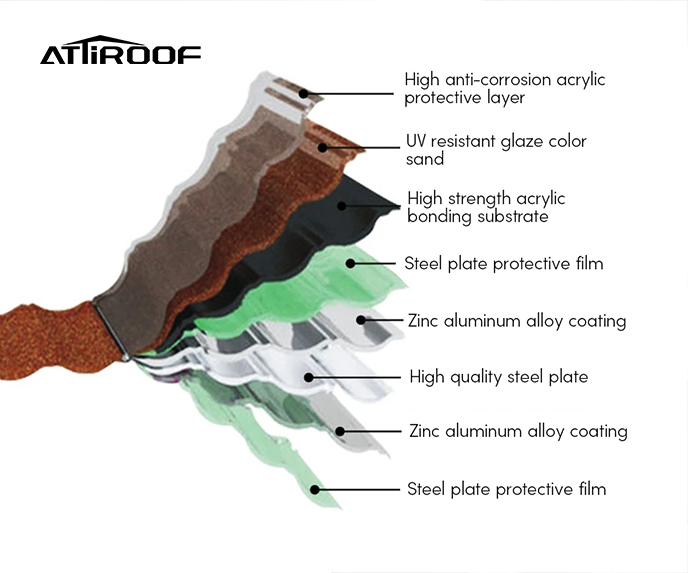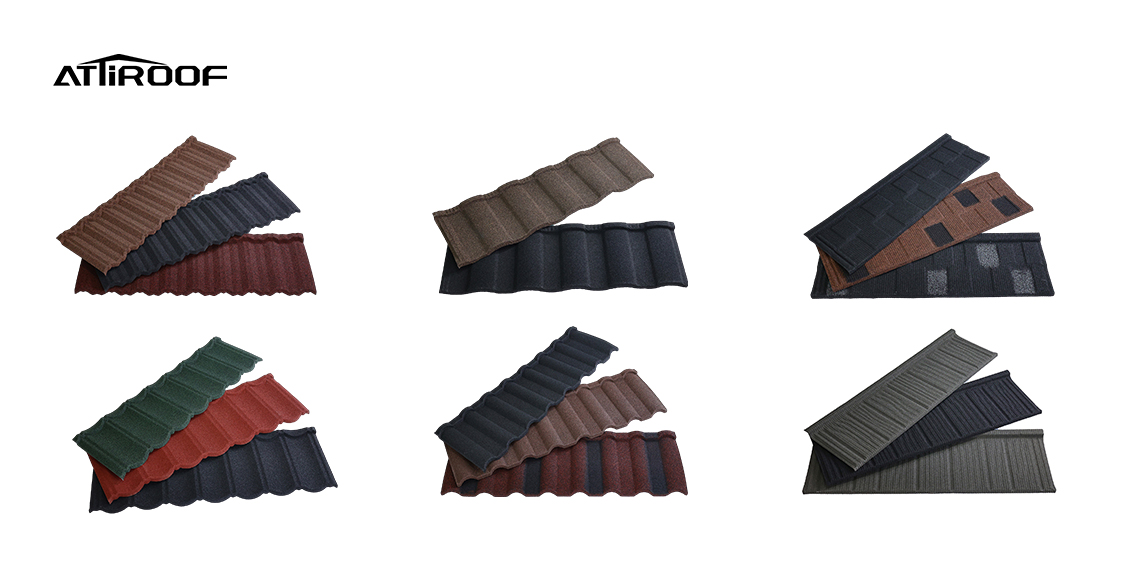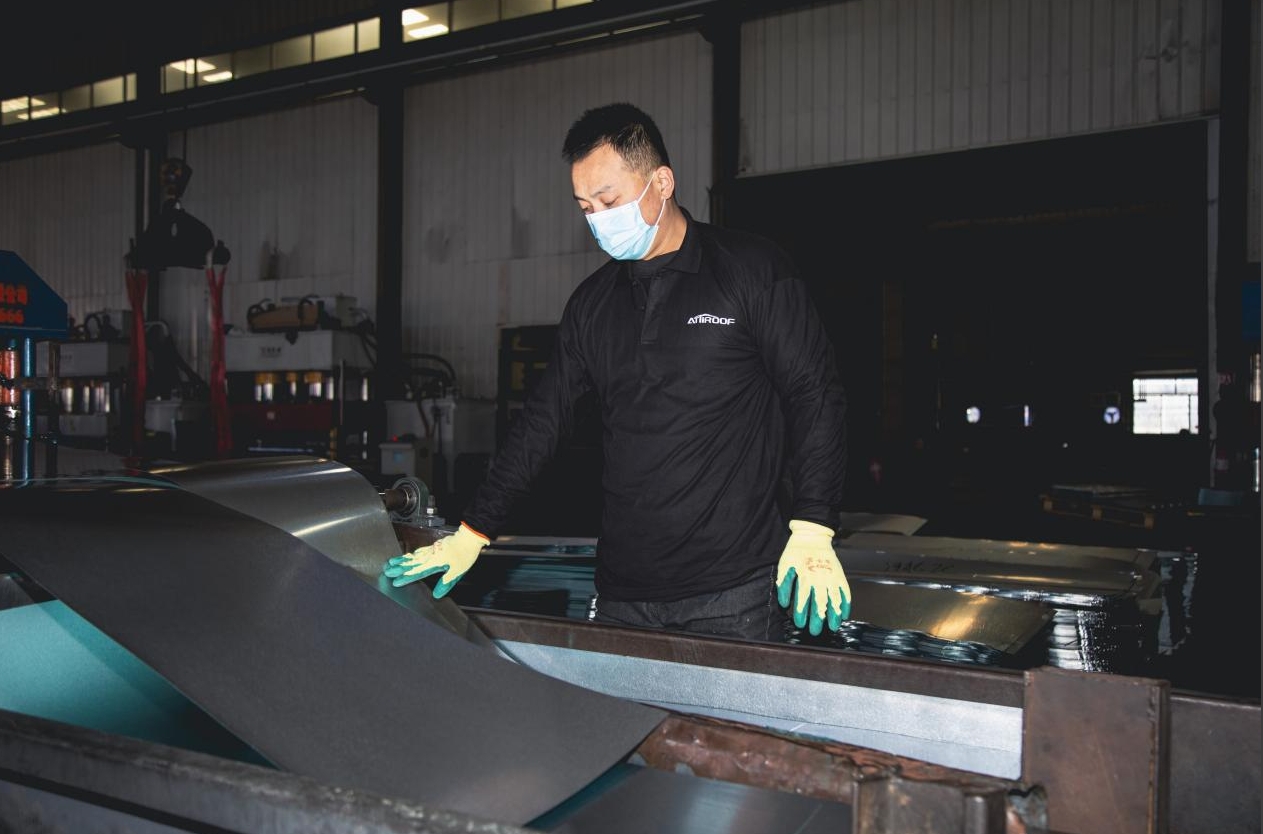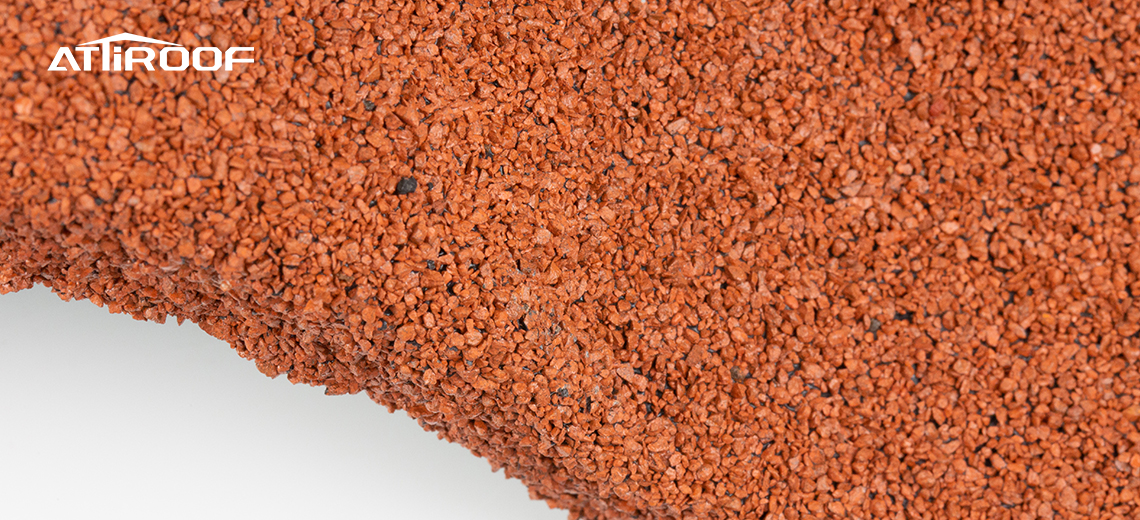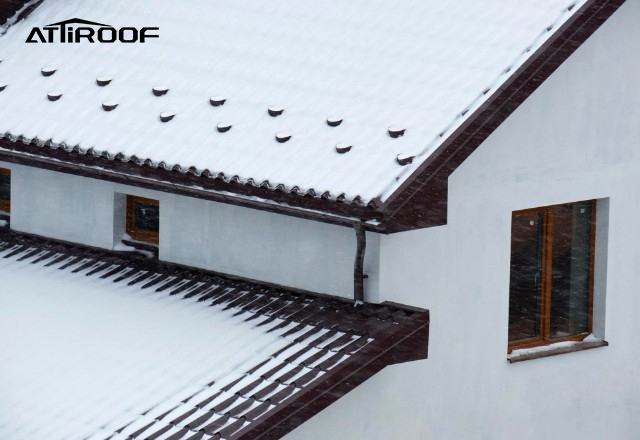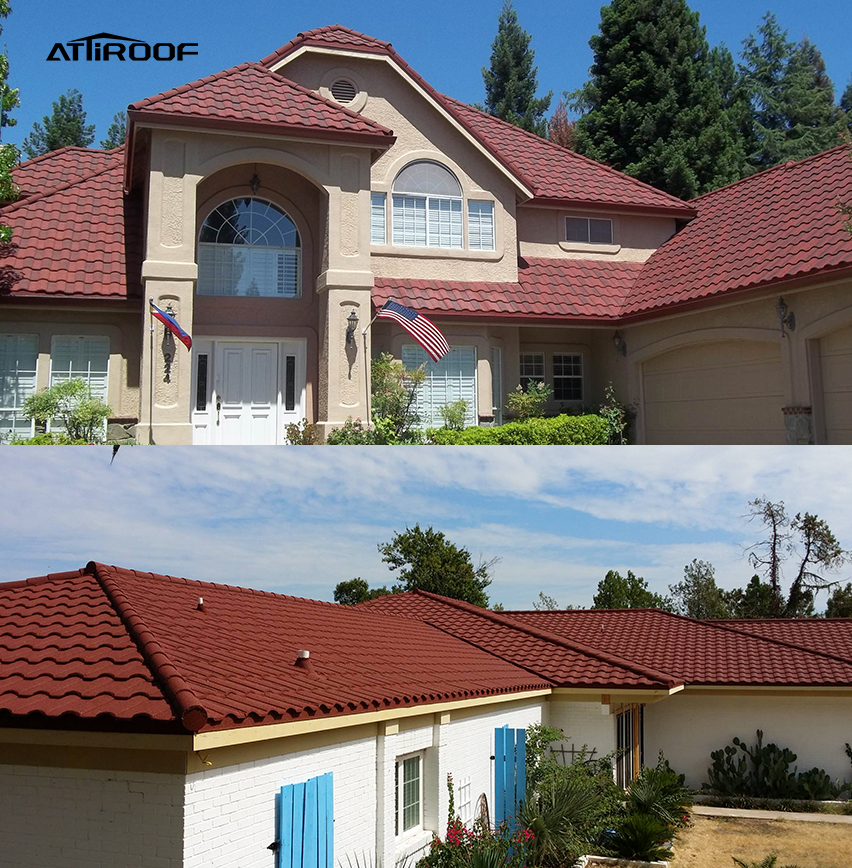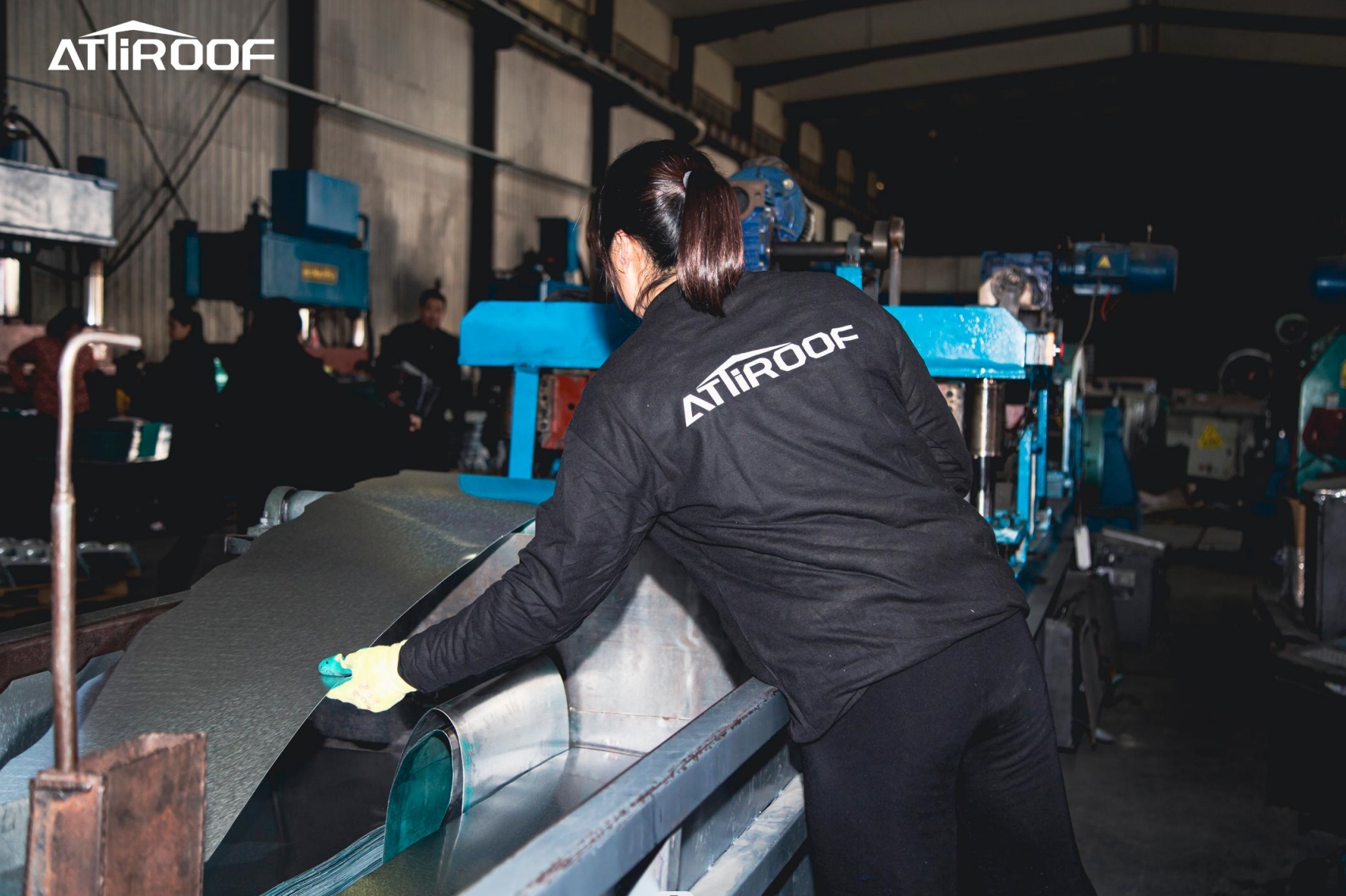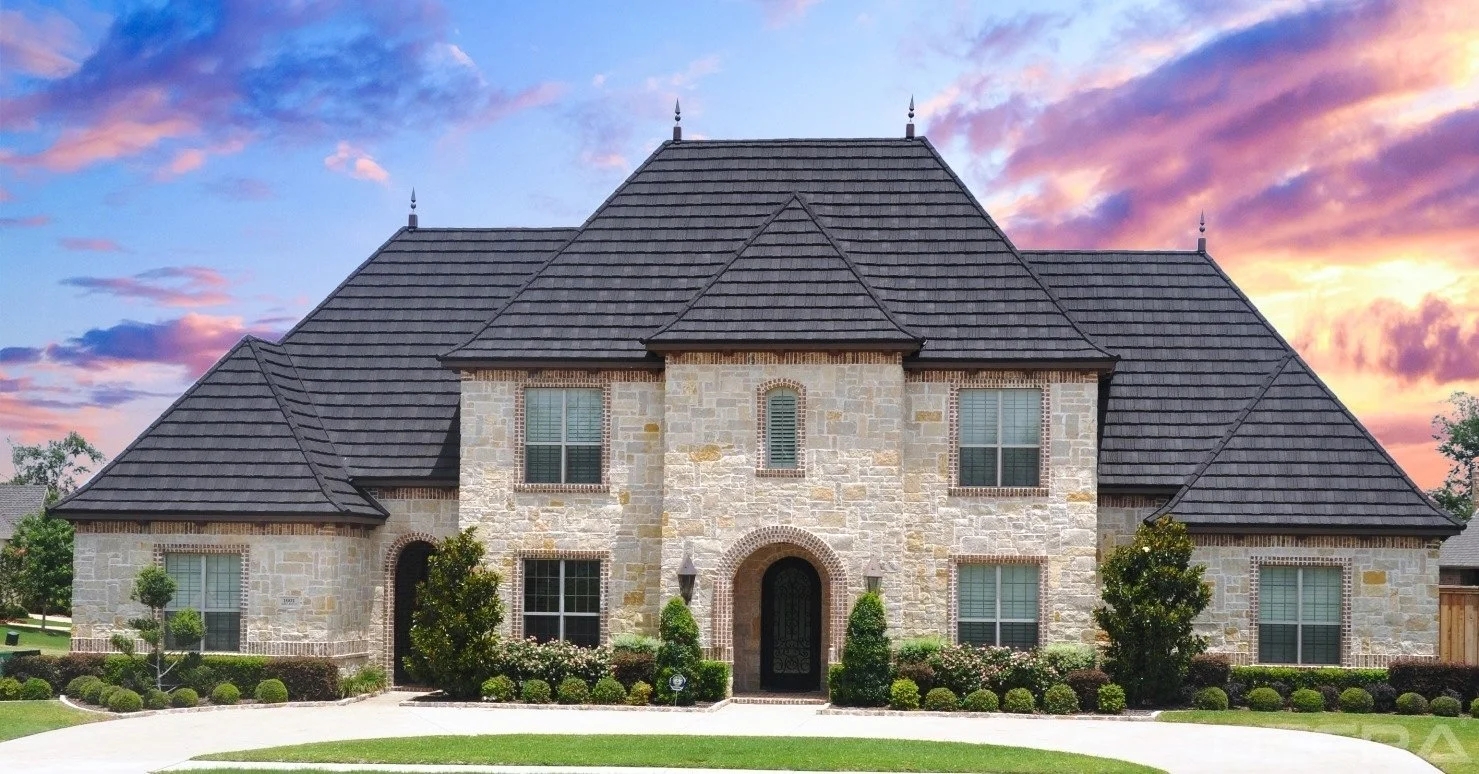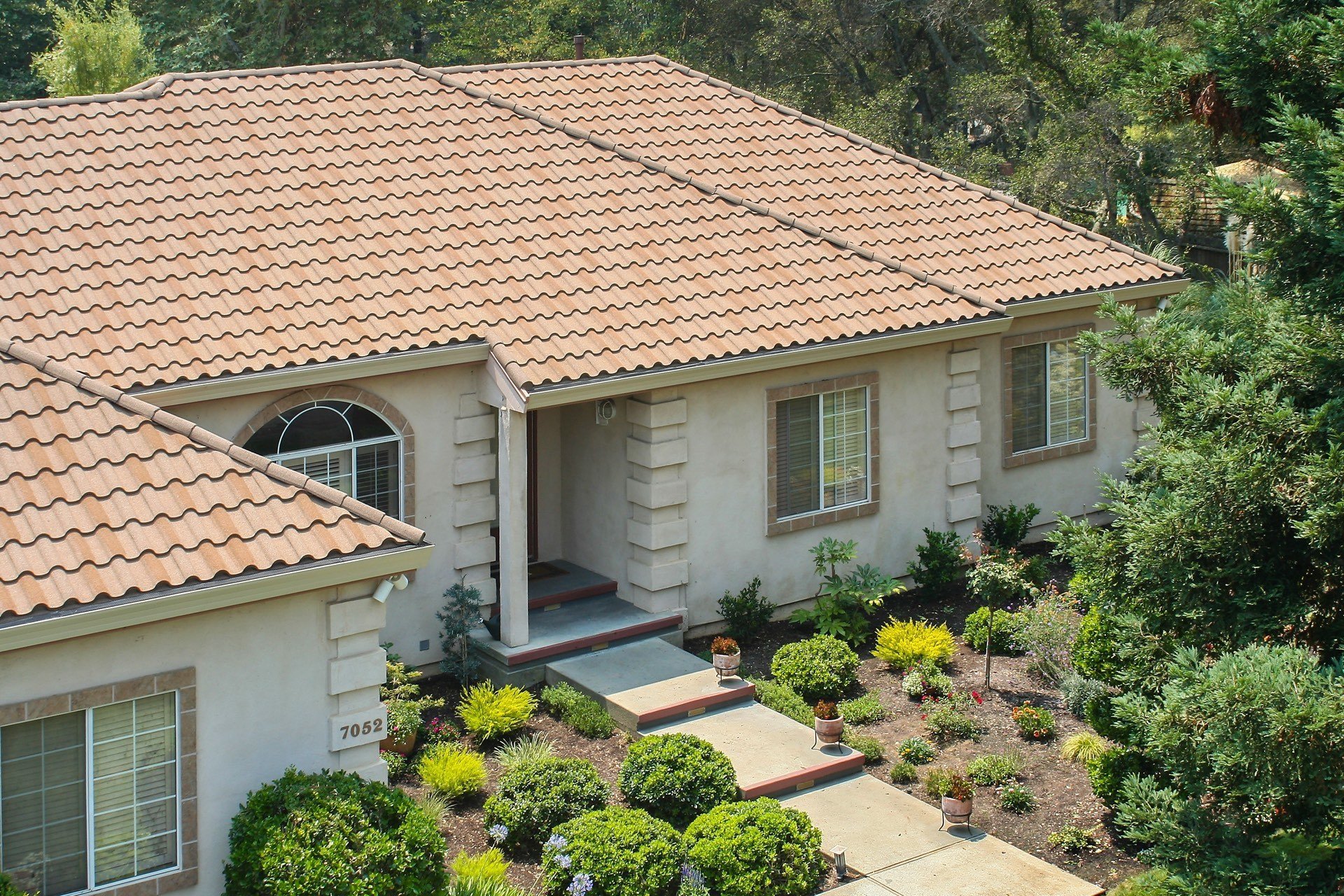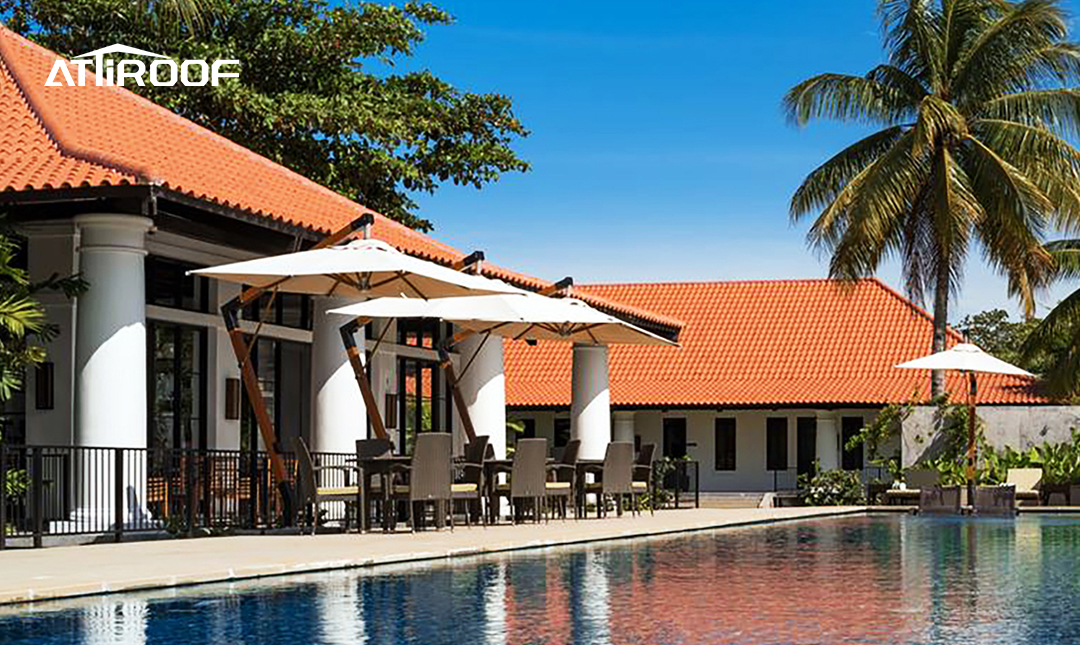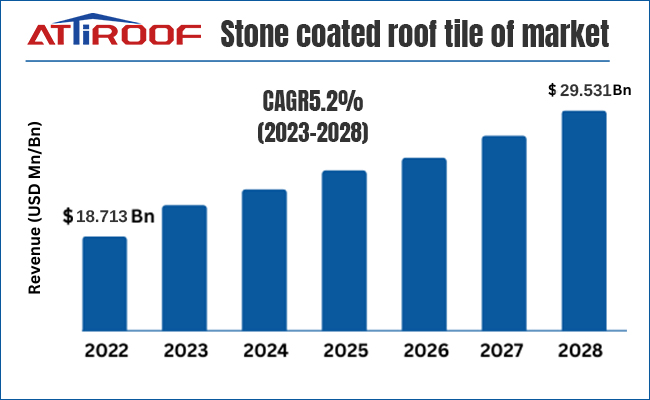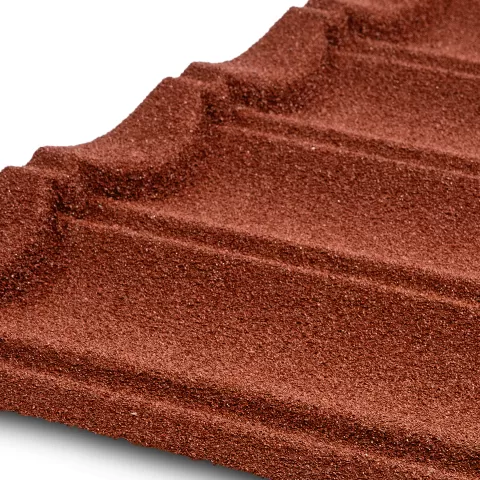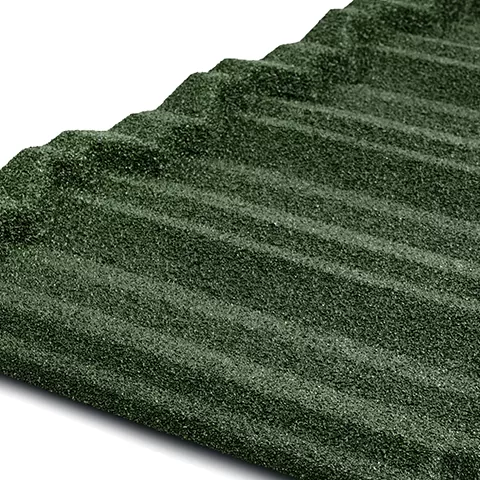In the quest for the perfect roofing solution, homeowners and builders often weigh the merits of stone-coated metal tiles against traditional tile options.
This comparative analysis aims to provide a clear perspective on how stone-coated metal tiles stack up against their traditional counterparts. From performance and cost to durability and maintenance, we'll explore various aspects to help you make an informed decision about the best roofing material for your needs.
Performance Comparison
1. Weather Resistance and Longevity
Stone-coated metal tiles are known for their exceptional resistance to extreme weather. They can endure high winds, withstanding gusts up to 120 miles per hour, and are impervious to damage from hail and heavy rain.
Traditional clay or concrete tiles, while durable, can be prone to cracking or shattering in severe weather conditions. Over time, this can lead to more frequent repairs or replacements, whereas stone-coated metal tiles often remain intact for decades with minimal maintenance.
2. Thermal Efficiency and Energy Savings
Stone-coated metal tiles excel in reflecting sunlight, which significantly reduces heat absorption. This feature can lower attic temperatures by up to 20%, leading to a noticeable decrease in cooling costs during hot summers.
Traditional tiles, particularly darker colors, tend to absorb more heat, which can increase indoor temperatures and put additional strain on air conditioning systems, resulting in higher energy bills.
3. Weight and Structural Requirements
The weight of the roofing material is a crucial consideration in construction. Traditional tiles weigh approximately 7-10 pounds per square foot, which can necessitate additional structural support, especially in older buildings.
Stone-coated metal tiles are much lighter, around 1.5 pounds per square foot, making them suitable for a wide range of structures, including those that cannot bear the weight of heavy traditional tiles.
4. Sound Insulation and Acoustic Comfort
Traditional tiles offer good sound insulation due to their density, which can be a plus in noisy environments.
Stone-coated metal tiles, while providing adequate sound insulation for most residential needs, can be slightly less effective in this regard. However, with proper installation and quality underlayment, they can achieve comparable soundproofing levels.
5. Aesthetic Versatility and Design Options
One of the most significant advantages of stone-coated metal tiles is their aesthetic versatility. They are available in a wide array of colors and styles, some mimicking the appearance of traditional materials like wood shakes or slate. This allows for greater design flexibility to suit different architectural styles.
Traditional tiles offer a classic and timeless look but are limited in terms of color variety and design adaptability.
In summary, while traditional tiles have certain advantages in terms of sound insulation and classic aesthetics, stone-coated metal tiles offer a more comprehensive solution. They excel in weather resistance, energy efficiency, and design versatility, making them a more suitable and cost-effective choice for modern roofing requirements.
Cost and Value Analysis
Evaluating the cost-effectiveness of roofing materials involves looking beyond the price tag. Here's an in-depth analysis comparing stone-coated metal tiles and traditional tiles:
1. Initial Cost and Installation
Initially, stone-coated metal tiles may have a higher cost compared to some traditional tile materials like concrete or asphalt. However, considering the installation, stone-coated tiles are often lighter and easier to handle, potentially reducing labor costs and installation time.
In contrast, traditional tiles like clay or slate can be heavier, requiring more labor and sometimes additional structural support, which can add to the overall cost.
2. Long-Term Cost Effectiveness
While the upfront cost is important, the long-term value is crucial. Stone-coated metal tiles offer superior durability and weather resistance, which can lead to fewer repairs and replacements over time.
Traditional tiles, though initially less expensive, may incur higher costs in the long run due to maintenance, repair, or replacement needs, especially in harsh weather regions.
3. Energy Efficiency
Stone-coated metal tiles excel in energy efficiency, reflecting UV rays and helping reduce cooling costs in warmer climates. This energy-saving feature can result in significant cost savings over time. Traditional tiles do not typically offer the same level of thermal efficiency, which could lead to higher energy costs.
4. Insurance Costs
Due to their durability and weather resistance, stone-coated metal tiles can sometimes lower home insurance premiums, particularly in areas prone to severe weather conditions. Traditional tiles may not offer the same benefit, potentially resulting in higher insurance costs.
5. Resale Value
Investing in high-quality roofing can increase a property's market value. Stone-coated metal tiles often add to the aesthetic appeal and functionality of a home, potentially boosting its resale value. Traditional tiles, while also adding value, may not have the same impact if they are older or in need of maintenance.
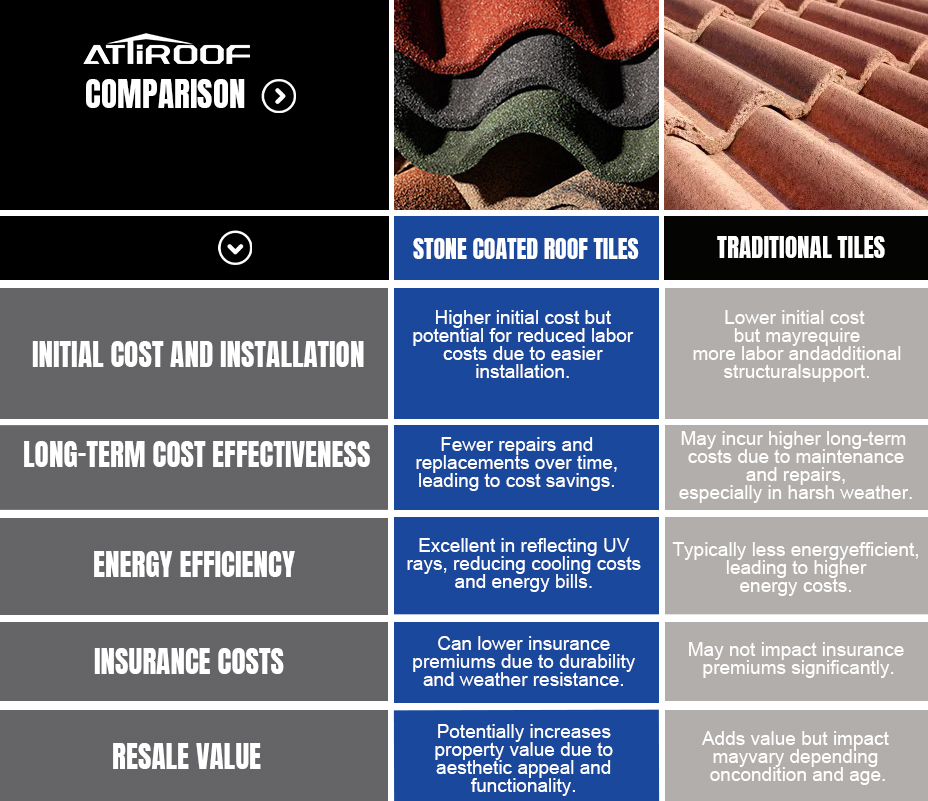
In summary, while stone-coated metal tiles may present a higher initial investment, their durability, energy efficiency, and potential for lower long-term costs offer significant value. They provide a cost-effective solution over the lifespan of the roof, making them an economically wise choice for those looking at the bigger picture.
Lifespan and Durability Comparison
Lifespan and durability are among the most crucial factors to consider when selecting a roofing material. Here's how stone-coated metal tiles compare to traditional tiles in these aspects:
1. Longevity
Stone-coated metal tiles are renowned for their exceptional lifespan, often lasting 50 years or more with minimal maintenance. This longevity surpasses that of many traditional materials like asphalt shingles, which may require replacement every 20 to 30 years. Even when compared to clay or concrete tiles, which can last several decades, stone-coated metal tiles often emerge superior in terms of enduring harsh weather conditions without deteriorating.
2. Durability in Diverse Climates
Stone-coated metal tiles are engineered to withstand a variety of harsh weather conditions, including heavy rains, high winds, and extreme temperature fluctuations. Their steel core provides strength, while the stone coating offers additional protection against environmental elements.
In contrast, traditional tiles like clay can be more susceptible to damage from freeze-thaw cycles, and concrete tiles may absorb more water, leading to potential cracking and moss growth over time.
3. Impact Resistance
When it comes to impact resistance, stone-coated metal tiles excel. They can resist damage from hail and falling debris more effectively than traditional tiles, which can crack or chip under similar circumstances. This resilience is particularly important in areas prone to severe storms or heavy tree coverage.
4. Consistency in Appearance
Over time, some traditional roofing materials can fade in color or become inconsistent in appearance due to weathering or organic growth. Stone-coated metal tiles, with their UV-resistant coating, maintain their color and aesthetic appeal for decades, ensuring that the roof retains its original look with minimal fading.
5. Maintenance Requirements
One of the significant advantages of stone-coated metal tiles is their low maintenance nature. Unlike traditional tiles that may require periodic cleaning, sealing, or repainting, especially in damp or wooded environments, stone-coated tiles need very little upkeep to keep them looking and performing at their best.
In conclusion, when comparing the lifespan and durability of stone-coated metal tiles to traditional tiles, it's clear that stone-coated tiles offer superior longevity, resilience to diverse weather conditions, and lower maintenance requirements, making them an excellent investment for long-term roofing solutions.




